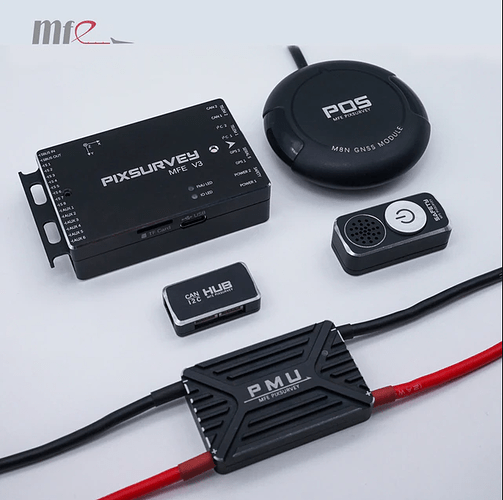The MFE team released a FMU v3 flight controller, you can learn more through the link below.
https://discuss.ardupilot.org/t/a-pixsurvey-v3-flight-controller-is-recommended-developed-based-on-fmu-v3-which-is-more-suitable-for-vtol-aerial-survey/83700
1 Like
